Most Forgiving Irons 2025
Looking for a set of irons that will offer forgiveness on off-centre strikes? Here, we take a look at the best sets currently on the market


Setting yourself up with a set of forgiving irons can greatly boost your chances of hitting the kind of sweet, well-struck shot that is one of golf’s purest pleasures. But for many players that feeling can be short-lived if finding the center of the clubface isn’t a regular occurrence. Thankfully, there’s plenty of help available. Many of today’s best golf irons, especially those aimed at higher handicappers, are designed with forgiveness in mind, helping to minimize the effects of off-center strikes.
Often known as game-improvement irons, these clubs use advanced design and technology to build in forgiveness, reducing the impact of mis-hits and inconsistent swings.
WATCH: Joe Ferguson picks out the best game improvement irons of 2025
So how do they achieve this? The most forgiving irons typically feature larger clubheads with perimeter weighting and generous offset. They might even borrow elements from the best hybrid clubs, such as hollow construction. All of these design features work together to launch the ball more easily, enhance accuracy, and maintain distance, even on off-centre strikes. The result? More confidence and a more enjoyable round of golf.
With that in mind, we’ve tested a wide range of models to bring you our top picks for the most forgiving irons. If gaining extra distance is your main goal, take a look at our guide to the best distance irons. Prefer to shape your shots and control trajectory? Our rundown of the best golf blade irons will help. And if you’re starting to feel confident shaping the ball, the best compact mid-handicap irons are also worth exploring.
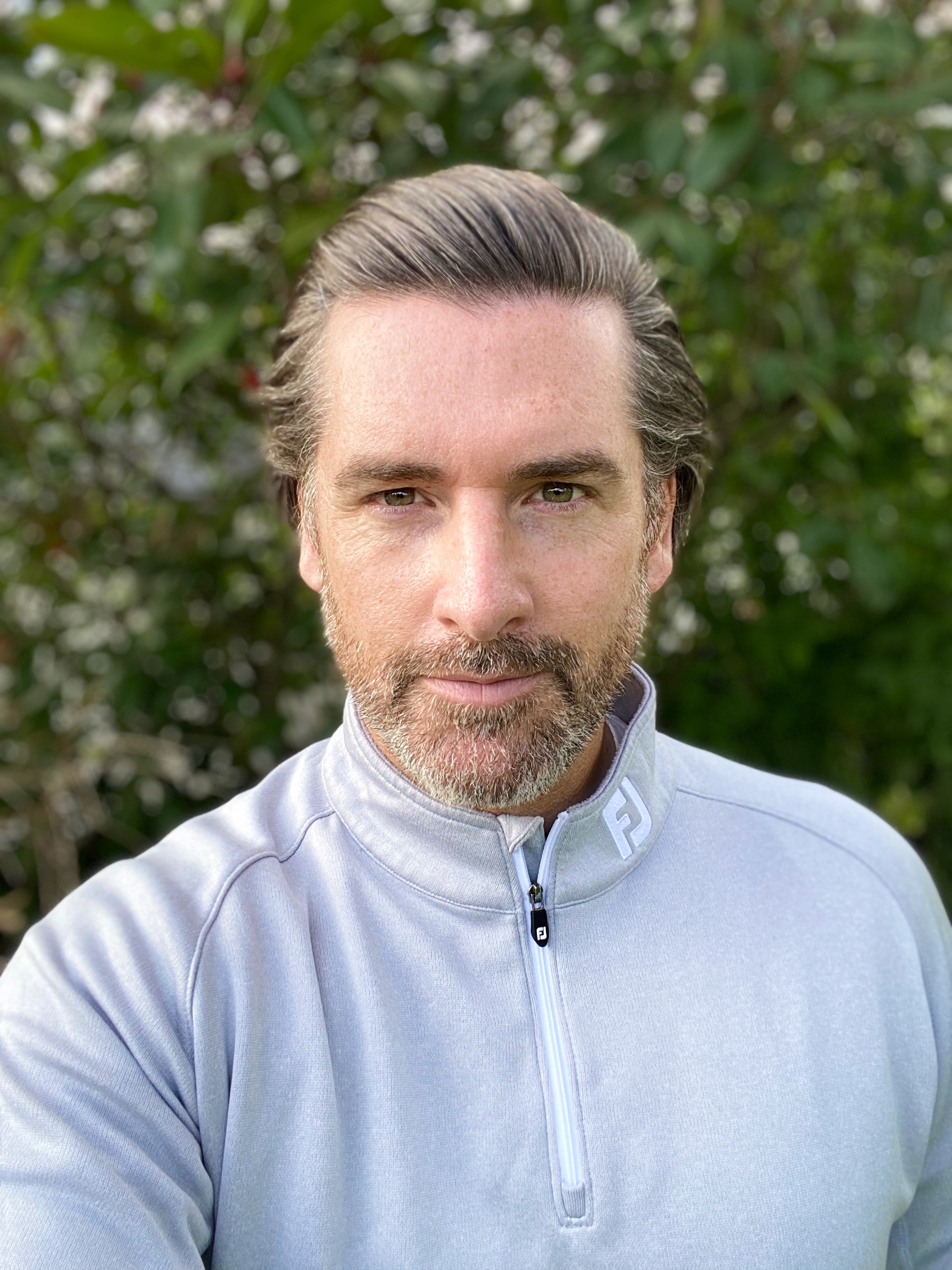
Joe Ferguson a.k.a 'Joe The Pro' has over 20 years of experience in the golf industry, ranging from becoming PGA Head Professional at Ryder Cup venue Celtic Manor to serving and leading the National Fitting Centers for both Titleist and Taylormade. Joe heads up our testing and reviews for Drivers and Irons as well as imparting wisdom alongside Dan Parker on Golf Monthly's golf gear podcast, Kick Point.
The Quick List
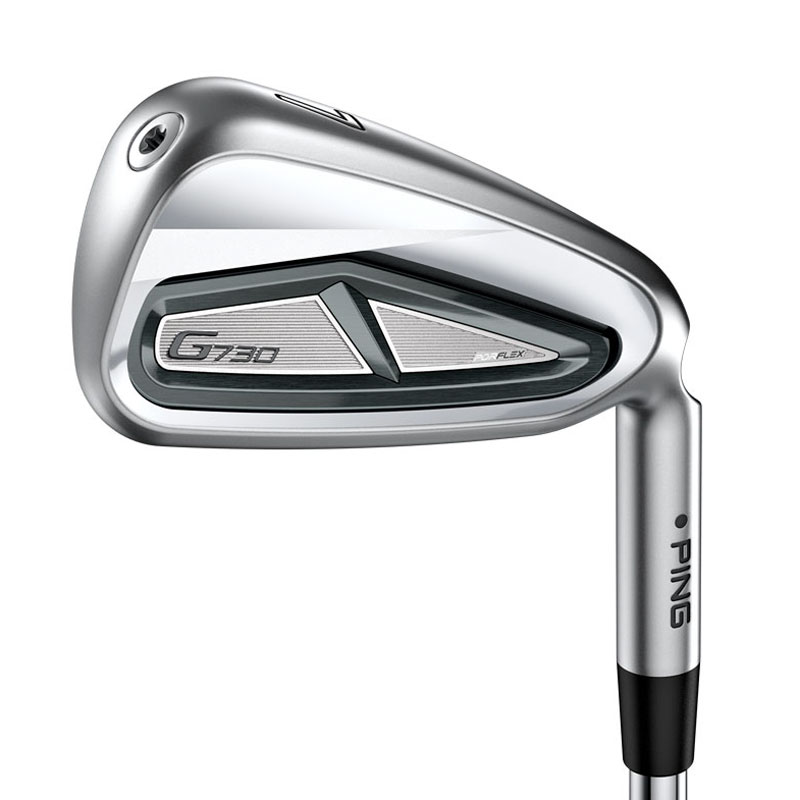
A sleeker look, noticeably better feel and impressive distance combine to make these Ping irons a real step forward in the game-improvement category. They’re ideal for golfers who want extra yardage without giving up control or precision.
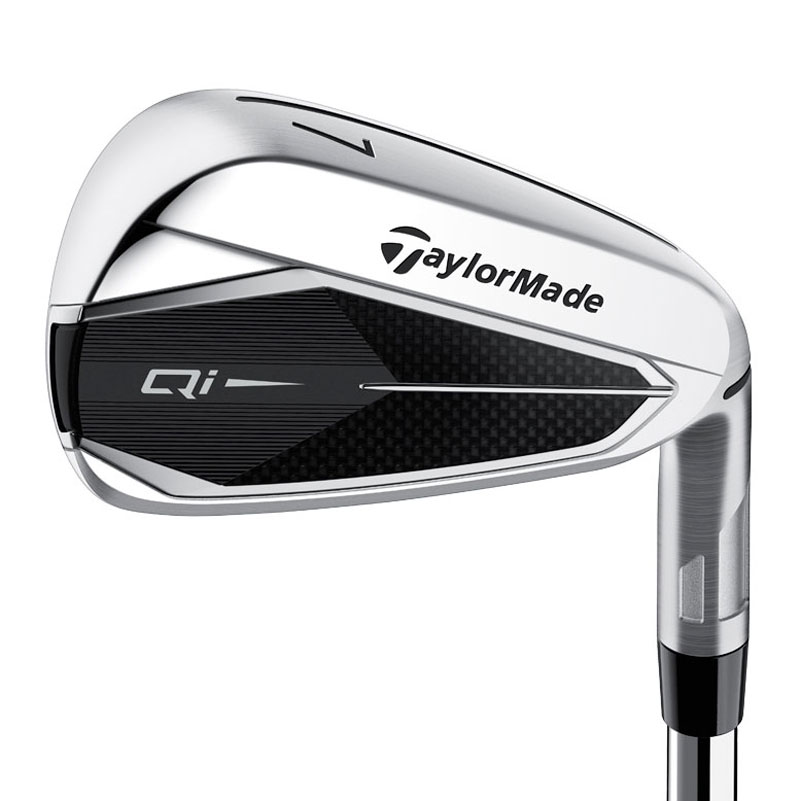
A powerful, highly forgiving TaylorMade iron that delivers exceptional distance. Though it sits on the firmer, clickier side in terms of feel and sound, this is an excellent choice for golfers who want both distance and forgiveness, particularly those who tend to miss shots out to the right.
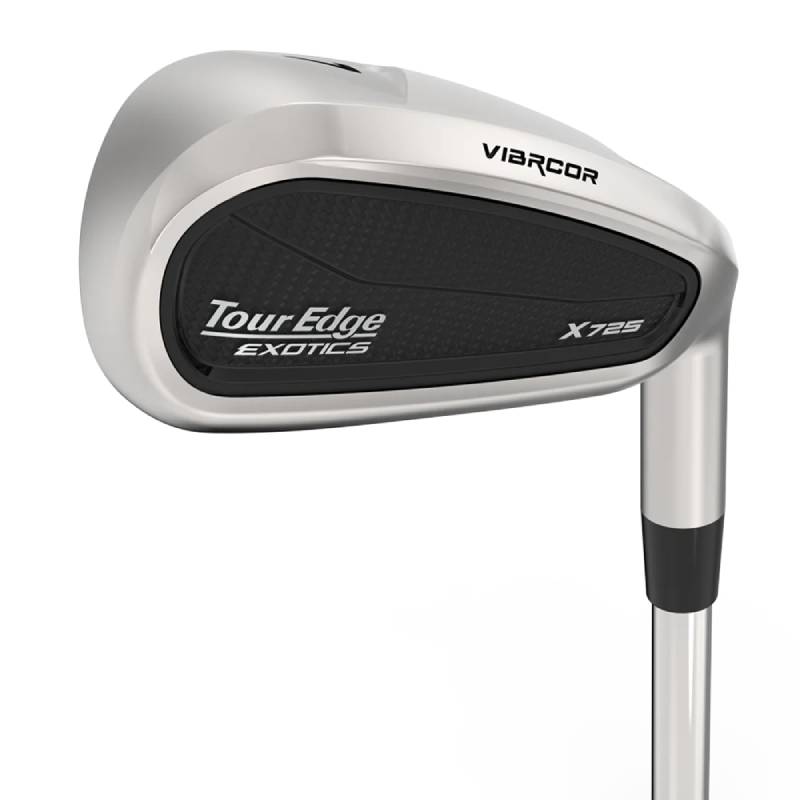
Sitting right on the edge of the hybrid iron category, everything about the X725 is designed to get the ball airborne and keep it from slicing. If those are two areas you struggle with, this one’s a must-try.
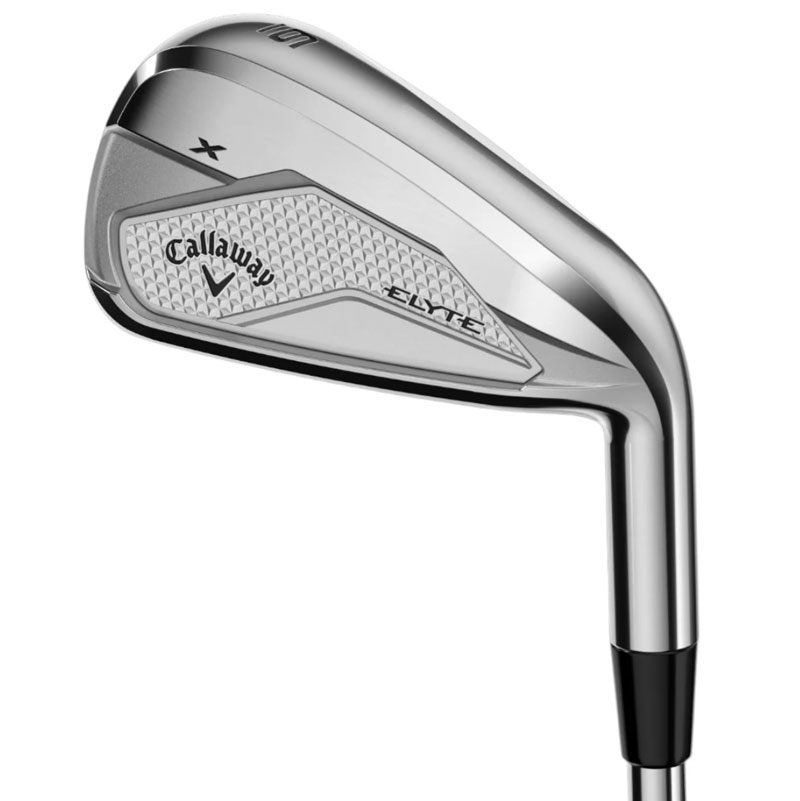
Just like the standard Elyte model, the Elyte X impresses with stunning looks and equally strong performance. For golfers who want maximum assistance from their irons without compromising on style, the Elyte X irons deliver on every front.
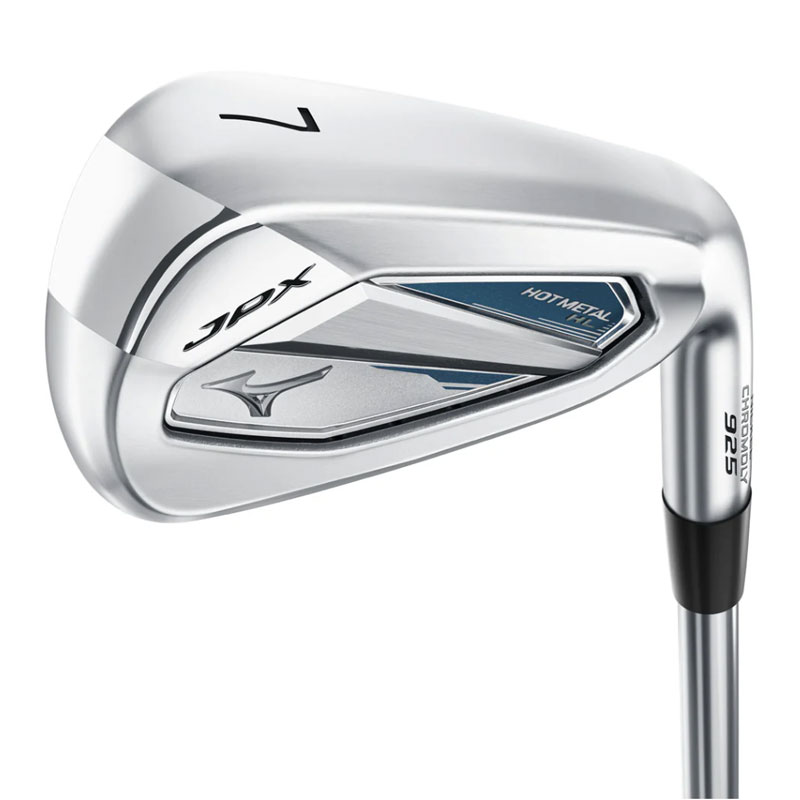
This Mizuno offering is one of the most user-friendly irons in this lineup, the Hot Metal HL offers effortless launch and added distance for mid-to-high handicappers, while also delivering excellent feel and smooth turf interaction.
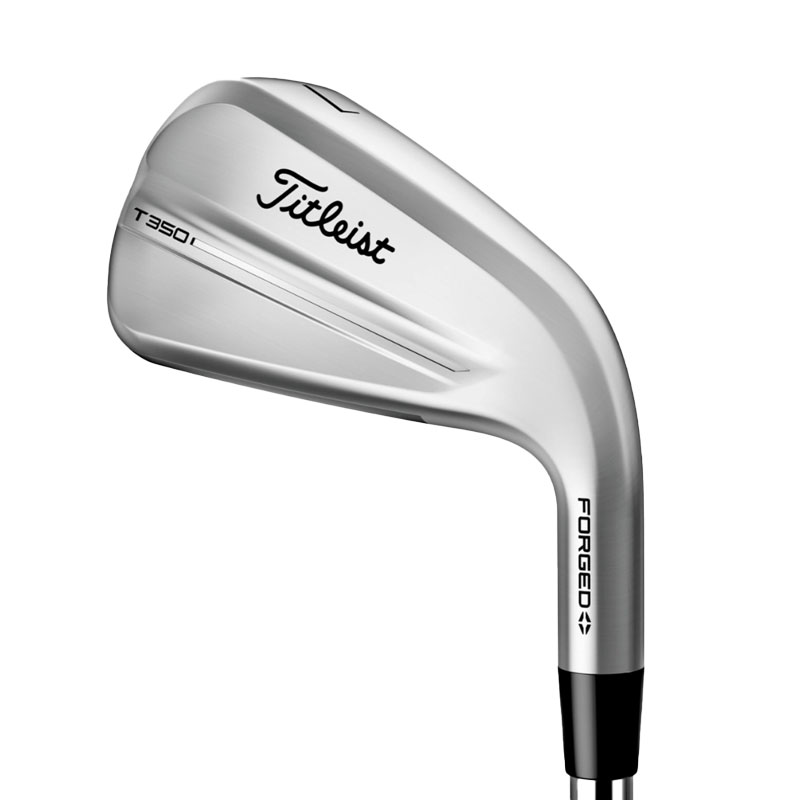
The new T350 is a top choice in the game-improvement category for golfers who want maximum performance and forgiveness without sacrificing style. It combines sleek, premium looks with superb playability that ranks among the very best.
Load the next 3 products

PXG’s Gen 7 P irons deliver impressive performance within a striking, confident design. Visually, they’re bold and unmistakably PXG but when it comes to the key performance traits expected from a mid-to-low handicap iron they tick every box.
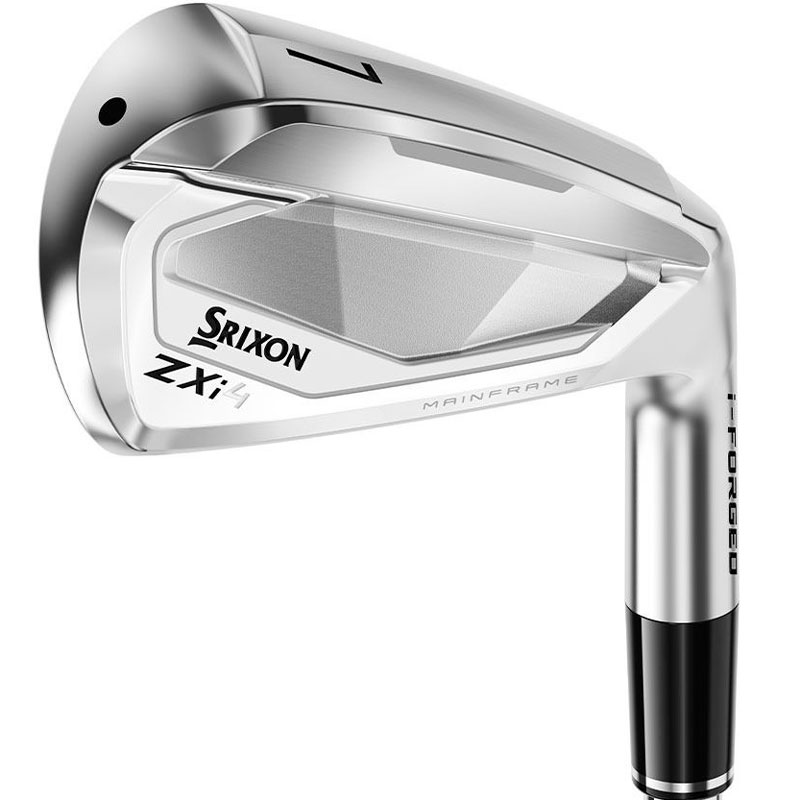
The most forgiving model in Srixon’s latest impressive iron lineup, the ZXi4 delivers a powerful, satisfying feel along with excellent ball speed and distance. Golfers with steeper swings who tend to take deeper divots will particularly appreciate the smooth, responsive turf interaction these irons provide.
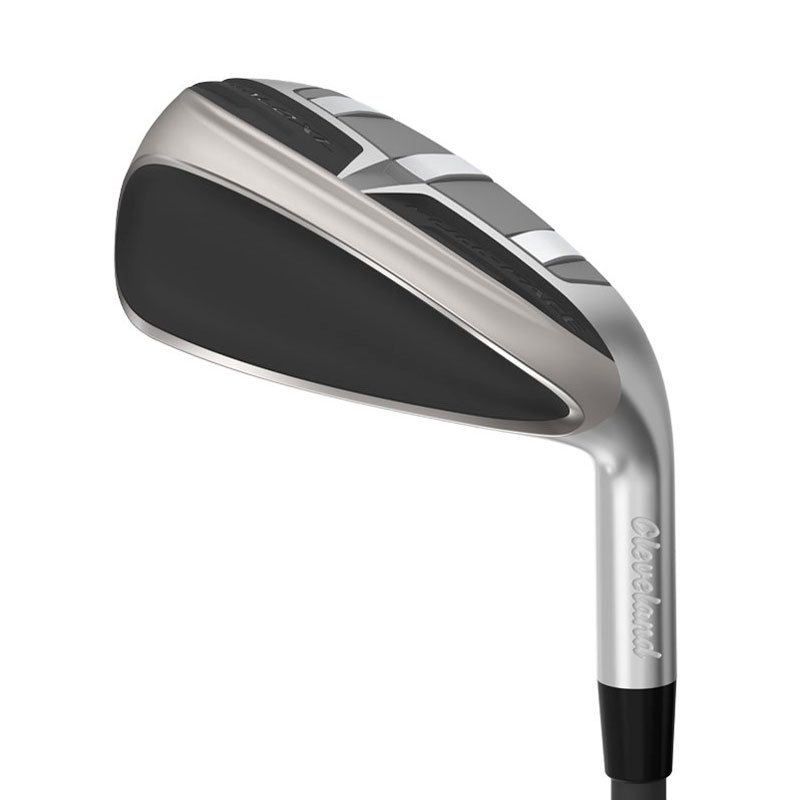
Exceptionally easy to launch, highly forgiving, and offering a real pop to the strike, the Halo XL Full-Face irons deliver plenty of performance. The bold looks may not appeal to everyone but look past that and they’re the perfect transition iron for players moving beyond the beginner stage and looking to bring their handicap down.
Most Forgiving Irons
Top pick
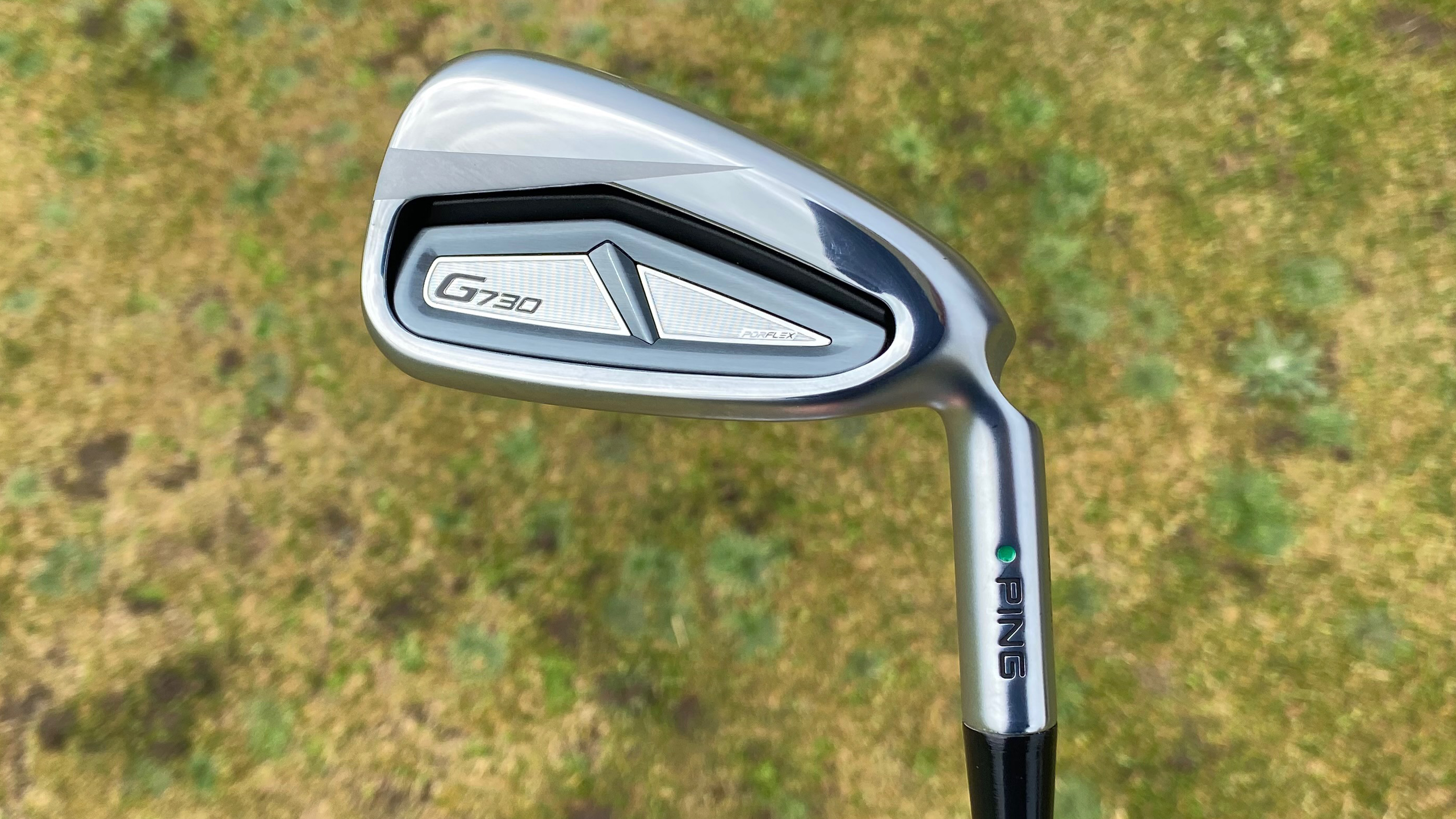
Specifications
Reasons to buy
Reasons to avoid
First up is the Ping G730 iron, our top pick in this category. It's a model built for distance and ball speed and it certainly lived up to expectations during testing. With its strong lofts and Hyper 17-4 stainless steel construction, the G730 produces impressively high ball speeds and a strong, penetrating flight.
An equally important factor is that the feel is excellent. Unlike some game improvement irons aimed at higher-handicap golfers, the G730 strikes a fine balance as its neither too firm nor too muted. Its wider sole provides plenty of bounce, boosting forgiveness from a range of lies, making it ideal for players who struggle with strike consistency.
As you’d expect from this category, the blade length is generous and the top line reassuringly thick, signalling plenty of help on offer. Behind the ball though, it manages to look sleek rather than bulky. The Hydropearl 2.0 finish completes the premium look. Overall, the G730 combines clean aesthetics, outstanding distance and excellent feel to deliver one of the most forgiving irons around.
- Read our full Ping G730 Iron Review
Competitive distance
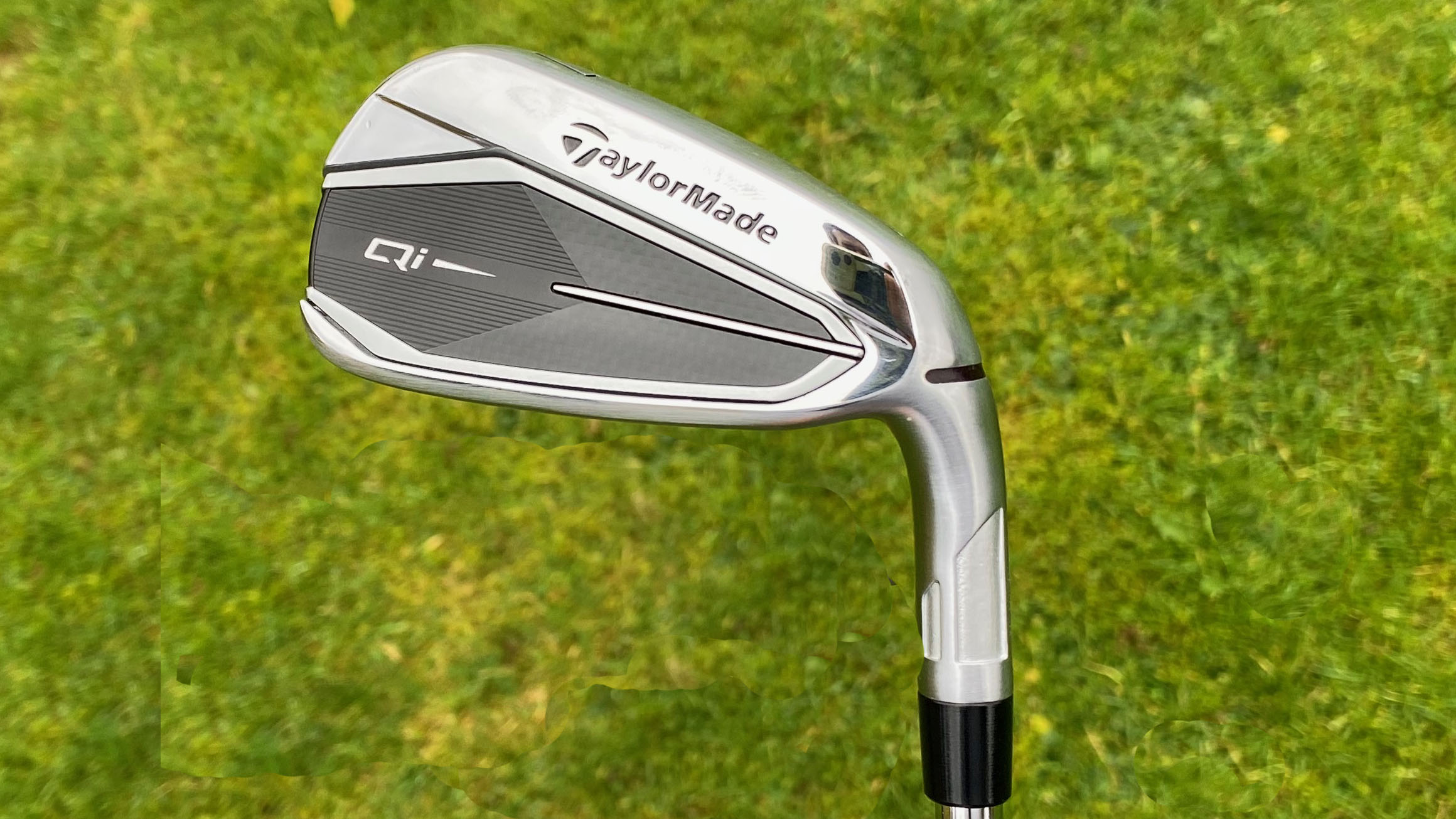
Specifications
Reasons to buy
Reasons to avoid
If you liked the look of TaylorMade’s popular Stealth irons - and we certainly did - you’ll be glad to hear the new Qi10s continue in a similar vein. Visually they share much of the same DNA, with just a touch more chrome and a slightly larger badge. The longer blade length, ample offset and confidence-boosting top line all remain in place, so that's a good thing.
To deliver forgiveness, TaylorMade employs its patented Straight Distance face technology, custom-tuned for each iron to help eliminate cut spin. The center of gravity is also optimized throughout the set. It's lower in the long irons for easy launch and higher in the short irons for improved control.
And it all comes together impressively. In testing, we found that the Qi10s proved highly forgiving with a subtle draw bias. This was especially noticeable in the longer irons and that's something that will appeal to slicers. They’re also exceptionally long, producing distances around 10–15 yards greater than many rivals. Spin rates are lower and the feel a touch firmer but for players chasing distance it’s a trade-off that’s easy to live with.
- Read our full TaylorMade Qi Iron Review
Best value

Specifications
Reasons to buy
Reasons to avoid
The X725 is packed full of design innovation. Tour Edge describes it as an “ironwood” design, featuring generous slice-fighting offset and an ultra-shallow face to make launching the ball easier. To complement that shallow profile, the CG has been positioned lower and deeper than ever to enhance stability, while the variable-thickness 3D Diamond face provides extra forgiveness on off-centre strikes.
Visually, they’re a little unconventional at first glance but once you appreciate that every aspect is engineered for performance, they’re actually a smart-looking set. The face is certainly shallow but it’s a look you’ll soon become accustomed to and may actually prefer.
The performance also takes a little getting used to as it genuinely feels like hitting a full set of hybrids, which will be music to many golfers’ ears. Similar in nature to the Eleven hybrid irons or Cleveland XL Zipcore, these clubs make launching the ball effortless, while the wide soles make them almost ‘duff-proof’. The shallow faces sit so low behind the ball that it can feel as though they’re tucked underneath it, which actually boosts confidence as you just know the ball is going to get airborne with minimal effort, and that’s exactly what happened in our testing.
The ‘anti-slice’ offset really earns its keep here. That extra split-second it gives you to square the clubface before the leading edge meets the hosel makes it genuinely tough for right-handed golfers to miss shots out to the right.
- Read our full Tour Edge Exotics X725 Iron Review
Best looking
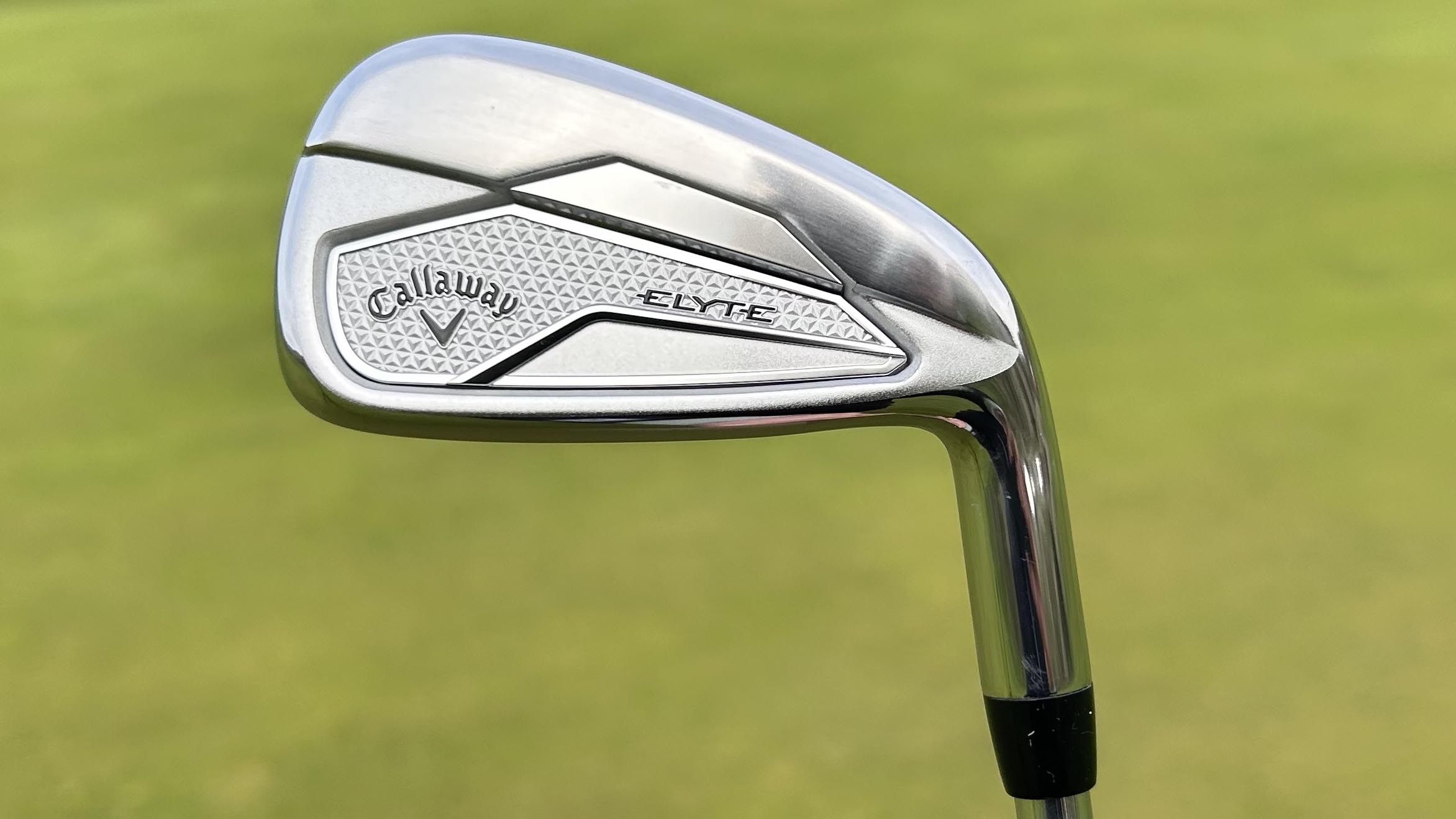
Specifications
Reasons to buy
Reasons to avoid
Next up are the Elyte X irons from Callaway, which might just be the best-looking clubs in this entire category. Although larger than the standard model, the X irons boast excellent shelf appeal. The stylish brushed steel and chrome finish looks great both in the bag and behind the ball. The subtle curves and well-balanced proportions add to their visual appeal at address.
The Elyte X sits firmly in the “super game-improvement” category, featuring increased offset, a larger head and wider soles to maximize forgiveness. During testing they felt powerful but still provided solid feedback and smooth turf interaction.
Compared with the standard model, they delivered more distance, which you would expect given the slightly stronger lofts, but the real difference was psychological. The larger, chunkier head inspires confidence, making them ideal for higher-handicap players who like to see plenty of club behind the ball. Overall, Callaway has created an iron that makes the game feel easier. That’s something every golfer can appreciate.
- Read our full Callaway Elyte X Irons Review
Best feel
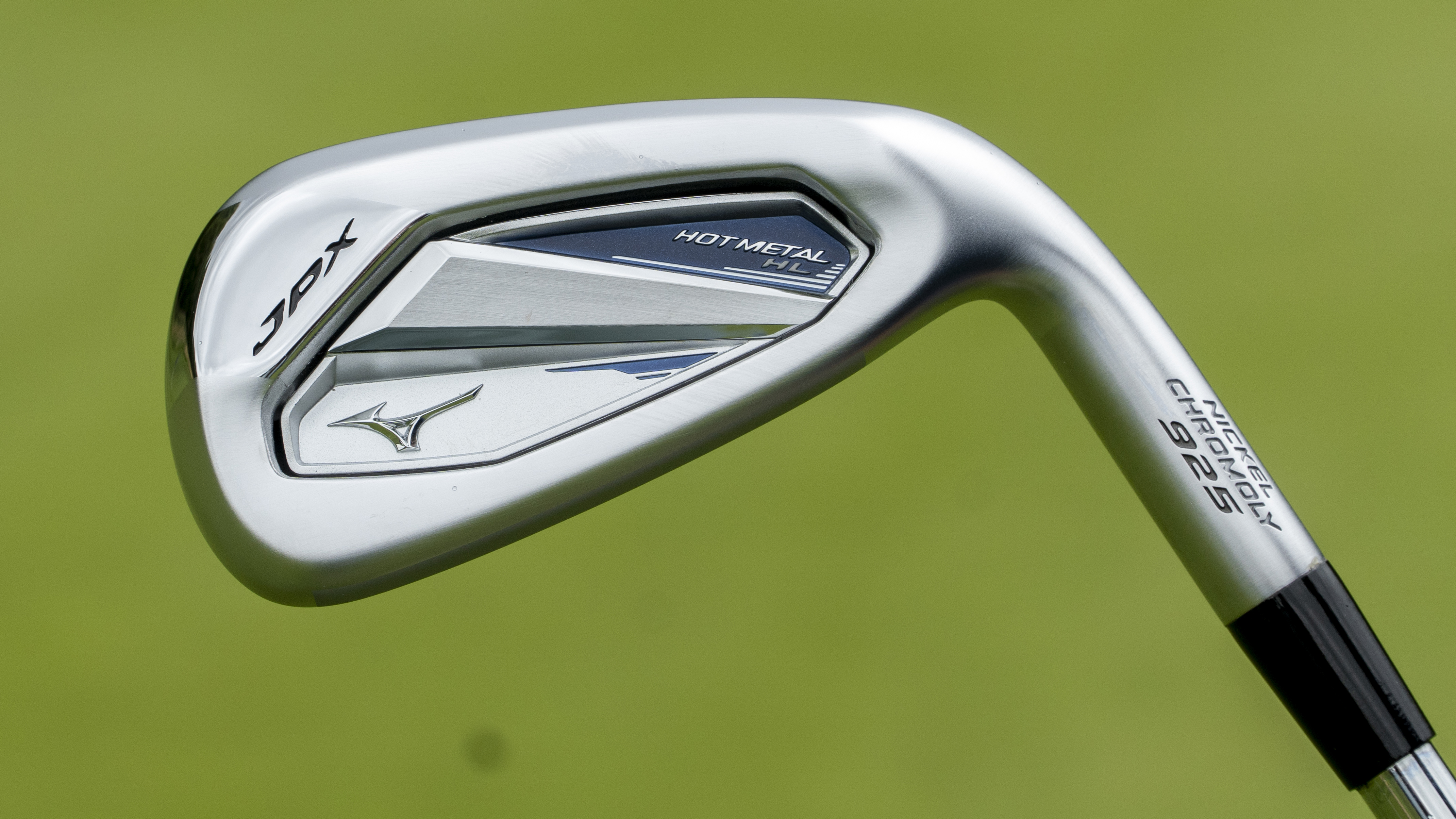
Specifications
Reasons to buy
Reasons to avoid
My top pick in this guide for overall feel is the JPX925 Hot Metal HL. This iron offers outstanding forgiveness while still delivering that unmistakable Mizuno sensation at impact, something rarely found in a club of this type. The HL feels lively without being overly firm, and there’s none of that harsh, clicky feedback you sometimes get with game-improvement irons. Turf interaction was also excellent, with the contoured sole gliding effortlessly through the firm links turf during testing.
Like the rest of Mizuno’s Hot Metal range, the HL sits beautifully behind the ball and inspires confidence before every swing. While the head is on the thicker side it never feels bulky at address. Instead, it gives the reassuring sense that it’s there to help you find your target, aided by impressive forgiveness across the face.
Performance-wise, the numbers backed up the feel. In testing it delivered consistent launch, solid spin and strong carry distances. When you combine that with the premium looks and playability, the JPX925 Hot Metal HL is a superb choice for mid-to-high handicappers seeking a forgiving yet refined iron.
- Read our full Mizuno JPX925 Hot Metal HL Iron Review
Most powerful
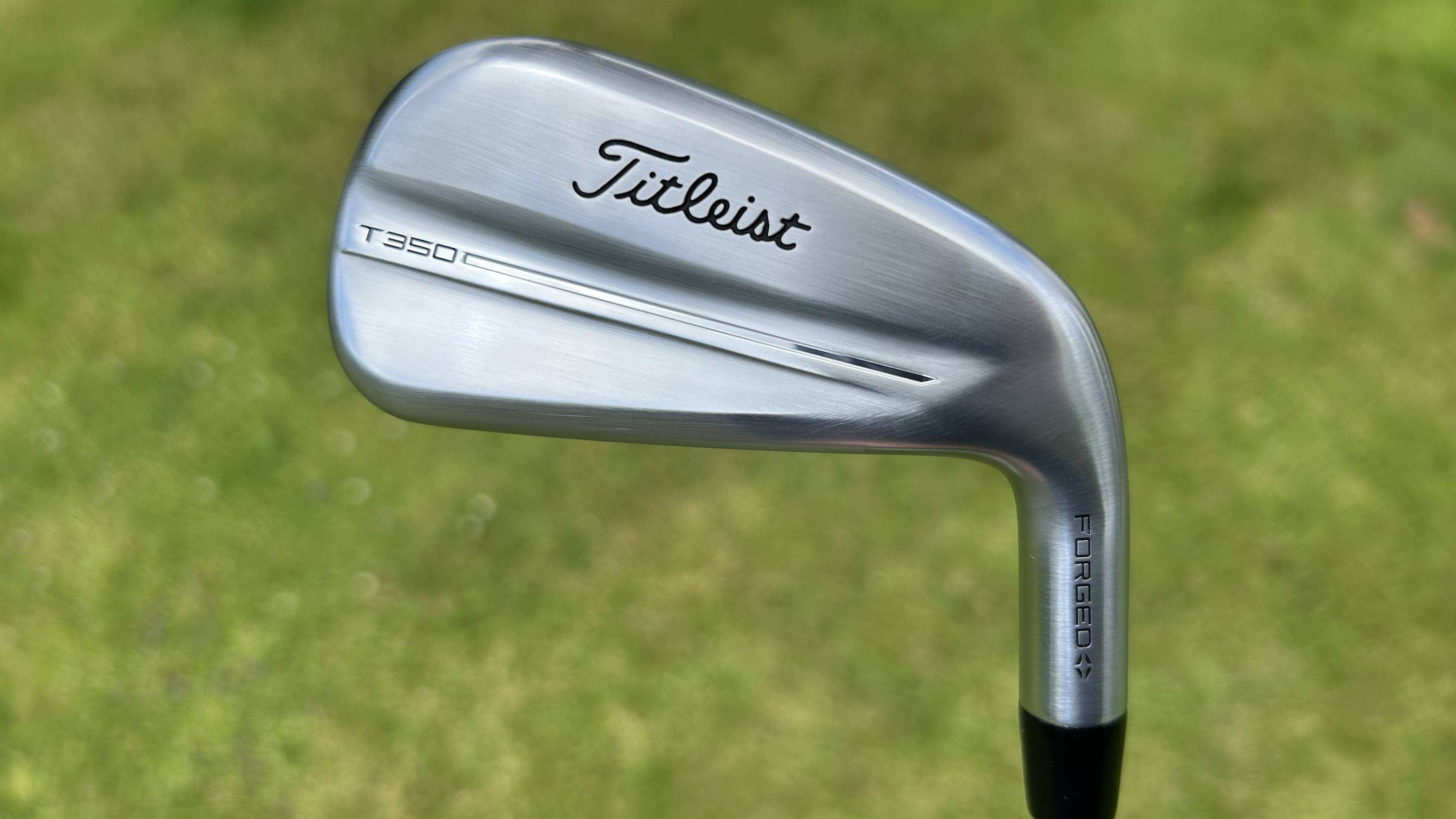
Specifications
Reasons to buy
Reasons to avoid
Titleist has a long-standing reputation for producing classic-looking clubs, even in the game-improvement category, and the latest T350 continues that tradition. At address, it offers a generous blade length and offset, yet the slimmer topline and sleek sole give it a refined, traditional look.
Constructed entirely from high-strength steel, the T350 blends powerful performance with a clean, modern profile. A new forged L-Face boosts ball speed and launch, particularly on low strikes, while the updated Max Impact Technology ensures consistent distance and tighter dispersion. High-density tungsten weighting enhances launch, stability and forgiveness across the set.
In testing, the T350 delivered outstanding distance, but what stood out most was the remarkable consistency with which it produced that power.
- Read our full Titleist 2025 T350 Iron Review
Best wide appeal
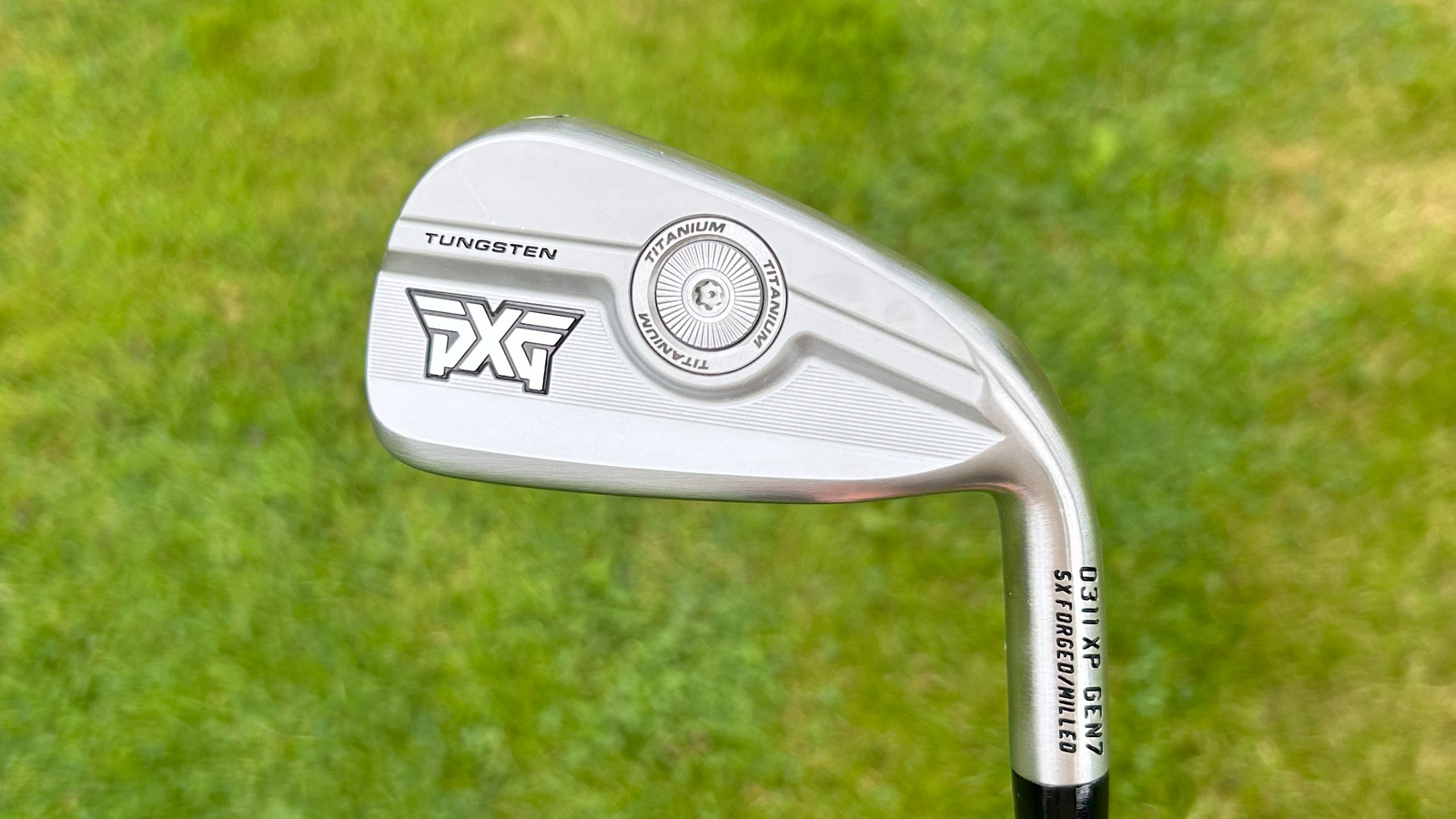
Specifications
Reasons to buy
Reasons to avoid
PXG has pushed the limits of C.O.R. (coefficient of restitution) to create its longest and most forgiving irons to date. Featuring what the brand claims is the thinnest face in golf and a new internal polymer called QuantamCOR, these irons are built for explosive performance. Complementing that are both internal and external tungsten weights and a lightweight titanium insert, all working together to increase MOI and optimise CG placement.
The head profile is generous without appearing bulky, framing the ball beautifully at setup. Most players will appreciate the look from above, though the back design may divide opinion. True to PXG’s bold aesthetic, branding is prominent and the adjustable titanium weight behind the hitting zone stands out. Still, fine details like the etched lines and brushed finish add a touch of class, making these some of the best-looking PXG irons yet.
In testing, the performance numbers were as expected for an iron in this category. In the standard loft, it produced a consistent mid-level flight window and some seriously consistent carry numbers off the face. Forgiveness was exceptional and these irons do an excellent job of masking your misses!
- Read our full PXG 0311 P Gen 7 Irons Review
Best turf interaction
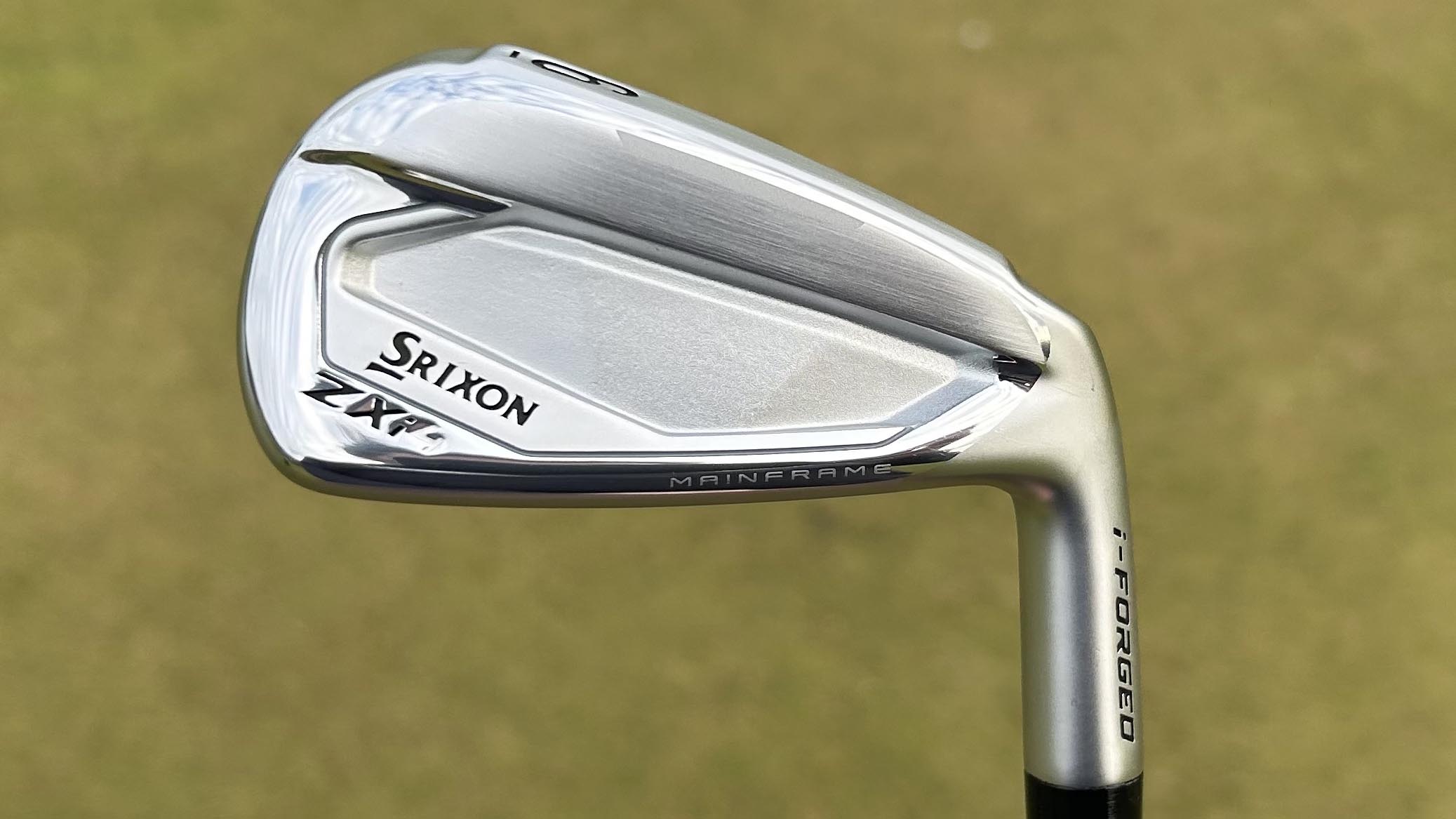
Specifications
Reasons to buy
Reasons to avoid
Our penultimate pick comes from Srixon. The latest ZXi4 iron combines a hollow-body design with a confidence-inspiring blade length and just the right amount of offset at address. The standout feature though is the exceptional feel. Turf interaction is crisp and smooth, while impact produces a wonderfully solid yet refined sensation.
Like the rest of the ZXi family, the ZXi4 features Srixon’s Tour V.T. Sole, which offers a blend of sole widths and bounce angles that contribute to its superb feel through the turf. The stronger lofts may not suit everyone and can cause some bunching at the top end of the set, but mid-iron launch numbers were still strong, producing solid descent angles and control.
Visually, the ZXi4 hits a sweet spot. It has the look of a player’s iron, yet provides enough size and forgiveness to inspire confidence without feeling oversized. In short, it’s like the friendlier, more approachable older brother of the ZXi5.
- Read our full Srixon ZXi4 Irons Review
Easiest to hit

Specifications
Reasons to buy
Reasons to avoid
The Halo XL certainly isn’t one for the traditionalists, but it gets results. This is a true game-improvement iron, unapologetically built for forgiveness and ease of use. The head is large and the matte-black cavity insert gives it a distinctive, modern look unlike anything else on the market. Beneath that bold exterior lies plenty of technology designed to improve launch, distance and off-center strike performance.
The sole design varies through the set: the 4–7 irons feature Cleveland’s GlideRail soles for cleaner contact with longer irons. The 8–9 irons use a V-shaped sole to reduce digging, while the PW and SW incorporate a cambered sole that enhances versatility around the greens and from bunkers. Add in full-face grooves and you get plenty of confidence when standing over the ball.
At impact, the feel and sound are lively - it's more hybrid-like than iron-like - which suits its purpose perfectly. And when it comes to distance the Halo XL more than delivers, producing impressive carry numbers throughout testing.
- Read our full Cleveland Halo XL Full-Face Iron Review
How we test golf irons
Led by Staff Writer Joe Ferguson, who brings over 20 years of experience in the golf industry, our team tests a huge number of irons each season. We follow a detailed and structured process built on the combined knowledge and expertise of the Golf Monthly testing team. To stay fully informed of new trends and developments, we regularly attend product launches and manufacturer briefings, gaining first-hand insight into each club’s design philosophy, materials and technology.
Testing takes place both indoors and outdoors. For indoor testing we use advanced simulators, reliable launch monitors and premium tour-quality balls. Then we'll go outdoors, where we can assess performance in real-world playing conditions. This balanced approach allows us to evaluate every key aspect: distance, forgiveness, feel, consistency and aesthetics. By combining data with real feedback we can confidently determine which clubs truly stand out and deserve our recommendation.

Joe Ferguson testing the TaylorMade Qi Iron
We begin with indoor testing, using one of the best golf launch monitors from 2025 to capture precise performance data. This allows us to dig into key metrics such as total and carry distance, dispersion, launch angle and smash factor, giving us a detailed picture of how each club performs. It also enables us to directly compare models and analyse specific design claims, whether that’s enhanced forgiveness, higher launch or improved workability.
This controlled environment is especially valuable when assessing irons aimed at higher-handicap players. Thanks to the skill and experience of our testing team we can intentionally strike shots from different parts of the clubface to see how performance varies. By comparing center strikes to off-center hits on the toe and heel, we’re able to measure true forgiveness through data points like dispersion, spin rate, carry consistency and ball speed.
Once we’ve built a strong understanding indoors, we move testing outdoors, which is where the real proof lies. Each set of irons is put through multiple rounds on a variety of courses and in differing conditions to see how the data translates to real play. This comprehensive process ensures our reviews are balanced, detailed and rooted in genuine performance, to give our readers the most reliable buying advice possible. This has always been our mantra when reviewing golf equipment and that will never change..

Joel Tadman testing the TaylorMade P790 Iron
It is worth saying that Joe is also assisted by Deputy Editor Joel Tadman, who has spent many years testing golf clubs, and Sam De'Ath, a professional who has competed on both the EuroPro Tour and Clutch Pro Tour.
Finally all our reviews are solely the product of our team’s testing and never the result of payment from a brand.
How to choose irons
Look and feel
By design, forgiving irons are built to maintain solid height and distance even on off-centre strikes. When testing, pay close attention to how much performance drops off between different models and match this to the qualities you value most. This might be extra ball speed and distance, higher launch, greater carry or more spin control.
It’s also worth considering how each club feels and sounds at impact. Skilled players might prefer a softer, more responsive feel, while others may benefit from the lively, explosive feedback that boosts both distance and confidence. Ultimately there’s no substitute for hitting shots with several models yourself and then comparing sound, feel and consistency to find the right fit.
Shape
The look and feel of an iron often go hand in hand with its design. A typical game-improvement model built for distance, forgiveness and higher launch will usually feature a larger head, generous offset and a thicker top line. The sole often includes extra bounce to improve turf interaction, offering more forgiveness on heavy strikes and promoting cleaner contact from a variety of lies.
However, not all forgiving irons have a bulky appearance. Models like the Titleist T350 or Mizuno JPX923 Hot Metal blend forgiveness with a more classic look. These feature a slightly more compact profile, reduced offset and a thinner top line, giving them a sleeker aesthetic. Irons of this style also tend to make it easier to shape shots, appealing to players who value both playability and visual refinement.
Price
Price is always an important factor to keep in mind. Forgiving irons from premium brands like TaylorMade, Callaway, Ping and Titleist often come with higher price tags, but that doesn’t mean great performance is out of reach on a tighter budget. Many more affordable models still deliver the key benefits you’re after (straighter shots on off-center hits, faster ball speeds, impressive distance etc) without the premium cost.
As always, it’s crucial to test different options. Compare the performance, sound and feel of lower-priced irons against their more expensive counterparts. You might be pleasantly surprised by how well some of the budget-friendly sets stack up.
Custom Fit
This is arguably the most important step in the iron-buying process, regardless of your ability or the type of irons you’re considering. A custom fitting session ensures you get the right shaft flex and length, the correct lie angle and also the most suitable head design for your swing. The result is a set of irons tailored specifically to you, giving you the best possible chance of performing consistently and confidently out on the course.
Custom fits can be a daunting process if you're a true beginner or you aren't that confident hitting golf balls in front of people, but they're a vital part of the club buying process. We recommend having a shortlist of three or four iron heads you like the look of before entering a custom fit and then whittling them down to the best for your game during the custom fit process. Custom fits are provided by a number of golf retailers or club professionals at your local golf club.
For more buying advice when it comes to irons, take a look at our brand specific guides such as the best Mizuno irons, best Titleist irons, or best TaylorMade irons.
Glossary
Golf comes with its own unique language. Words like birdie, fade, draw, and bunker aren’t ones you’d usually hear in everyday conversation. The same goes for the terminology used when talking about equipment.
Modern golf clubs, especially those designed for higher handicappers, are packed with technology aimed at making the game more forgiving. These clubs are engineered to help improve ball flight and reduce the impact of off-center strikes, making those less-than-perfect shots a little more playable.
If you’ve come across a few unfamiliar terms in this guide, don’t worry because we’ve put together a quick glossary below to help explain what they mean and clear up any confusion.
Forgiving/Forgiveness
We presume you know what this is, but just in case - forgiveness is how well a club minimizes the negative effects of mishits, helping the ball travel straighter and farther than it would with a less forgiving club.
MOI
In simple terms, MOI (which stands for Moment of Inertia) is the technology that helps your golf shots fly straighter when you don’t hit the ball perfectly in the center of the clubface. It measures how stable the club is and how much it resists twisting at impact.
When you strike the ball from the toe of the club the impact pushes that part of the face open, causing shots to start right of target. Conversely, hitting from the heel tends to make the face close, sending the ball left. Clubs with higher MOI twist less on these off-center strikes, helping your shots stay straighter and closer to where you intended.
Golf clubs with a high MOI - like the irons in this guide as well as the most forgiving drivers - mean the face twists less on off-center strikes which in theory should mean that more ball speed is retained on off-center strikes translating to more distance, and with less opening and closing of the face, dispersion is likely to tighten up.
Gear effect
Gear effect refers to how the ball’s flight is influenced after impact, especially when the strike isn’t from the middle of the clubface. The most forgiving irons for high-handicap golfers are designed to make launch, spin and ball flight more consistent and playable on those off-center hits.
When you strike the ball perfectly from the middle and your clubface and swing path are aligned, the result should be a straight shot. In reality, that’s not always the case so manufacturers build curvature (or bulge) into the clubface to help. This subtle shaping counteracts the unwanted side effects of gear effect on off-center strikes, helping to stabilise the spin axis and make heel and toe shots far less punishing.
CG
This one is a little easier to explain and understand - CG simply stands for center of gravity. To hit straight golf shots, we want to hit the ball as close to the CG of the head of the golf club as possible. At the point of impact, if the ball is aligned directly in line with the club head’s CG, then no twisting of the clubhead will take place. However, if you strike the ball away from the CG near the toe, the club will be deflected open, with opposite effect happening with the face closing for strikes near the heel.
The lower the CG is, generally speaking, the higher the launch angle of the shot, and conversely, a higher CG location will generally produce a lower launch angle. The irons in this guide will typically have a lower CG as they are tailored towards higher handicappers who tend to hit a low ball flight, thus losing out on distance and struggling from the tee with driver or fairway wood in hand.
Draw bias
Draw bias is a design feature intended to combat one of the most common misses among mid-to-high handicap golfers; the shot that drifts or slices to the right. It’s a built-in technology that encourages a right-to-left ball flight, (known as a draw) to help straighten out those wayward right misses and keep more shots on target.
Stopping power
Stopping power is the ability to stop your ball on the green when hitting approach shots. To put in very non-technical terms, stopping power is how much your irons (or wedges) can pump the breaks and decelerate your golf ball once it hits the green. If your ball is landing on the green but not spinning and running off the back edge as a result, your irons likely lack stopping power.
Turf interaction
This is how the bottom part of the iron - known as the sole - reacts to with the ground as you hit the ball and take a divot. Sole design as well as the loft and grind of the club will determine how smooth this transition is, with hitting down on and compressing the golf a key factor in hitting controlled, consistent approach shots with irons.
FAQs
What are the most forgiving irons?
Nearly every brand will offer a forgiving or 'game-improvement' option within its range but based on our testing the irons that stand out as being especially forgiving this year are the Ping G730, Mizuno JPX925 Hot Metal and the Srixon ZXi4. When we say forgiveness, we're referring to the consistency of the ball speed when the strike deviates away from the center of the clubface, as well as the ability to control direction through resistance to twisting.
What is swing weight?
Swing weight in golf is a way to measure how heavy a club feels when you swing it, rather than its actual physical weight. It represents the balance between the top third of the club (the grip and shaft) and the bottom two-thirds (the clubhead). The goal is to make every club in a set feel consistent in terms of balance and effort during the swing.
Swing weight is measured on a scale from A0 (the lightest) to F9 (the heaviest), with most men’s irons sitting around D0 and ladies’ irons around C6. It’s measured using a swing weight scale, which is a special balance device that determines how the club’s weight is distributed along its length.
Subscribe to the Golf Monthly newsletter to stay up to date with all the latest tour news, equipment news, reviews, head-to-heads and buyer’s guides from our team of experienced experts.

Joe has worked in the golf industry for nearly 20 years in a variety of roles. After a successful amateur career being involved in England squads at every age group, Joe completed his PGA degree qualification in 2014 as one of the top ten graduates in his training year and subsequently went on to become Head PGA Professional at Ryder Cup venue The Celtic Manor Resort. Equipment has always been a huge passion of Joe’s, and during his time at Celtic Manor, he headed up the National Fitting Centres for both Titleist and Taylormade. He’s excited to bring his knowledge of hardware to Golf Monthly in the form of equipment reviews and buying advice.
Joe lives in North Devon and still plays sporadically on the PGA West region circuit. His best round in recent years came earlier in 2023 where he managed a 9 under par 63 at Trevose GC in a Devon & Cornwall PGA Tournament.
Joe's current What's In The Bag?
Driver: Switch between TaylorMade Qi35 and Callaway Elyte TD - both with Fujikura Ventus Black 6-X
Fairway wood 1: TaylorMade BRNR Copper Mini Driver - Fujikura Ventus Black 7-X
Fairway wood 2: Callaway Apex UW 17˚- Fujikura Ventus Black 9-X
Irons: TaylorMade P7CB 3-PW with Dynamic Gold Tour Issue X100 shafts
Wedges: Callaway Opus 50, 54, and 60 degrees - Project X LS 6.0 shafts
Putter: LAB Golf Oz.1 (zero shaft lean)
Ball: TaylorMade 2024 TP5x
Grips: Golf Pride Tour Velvet 60R
Bag: Vessel Player IV Pro DXR Stand